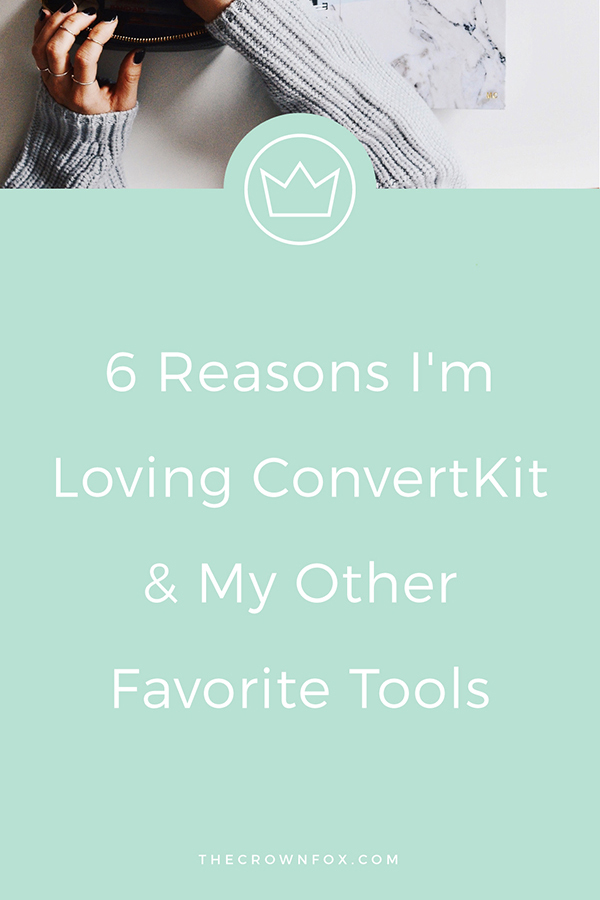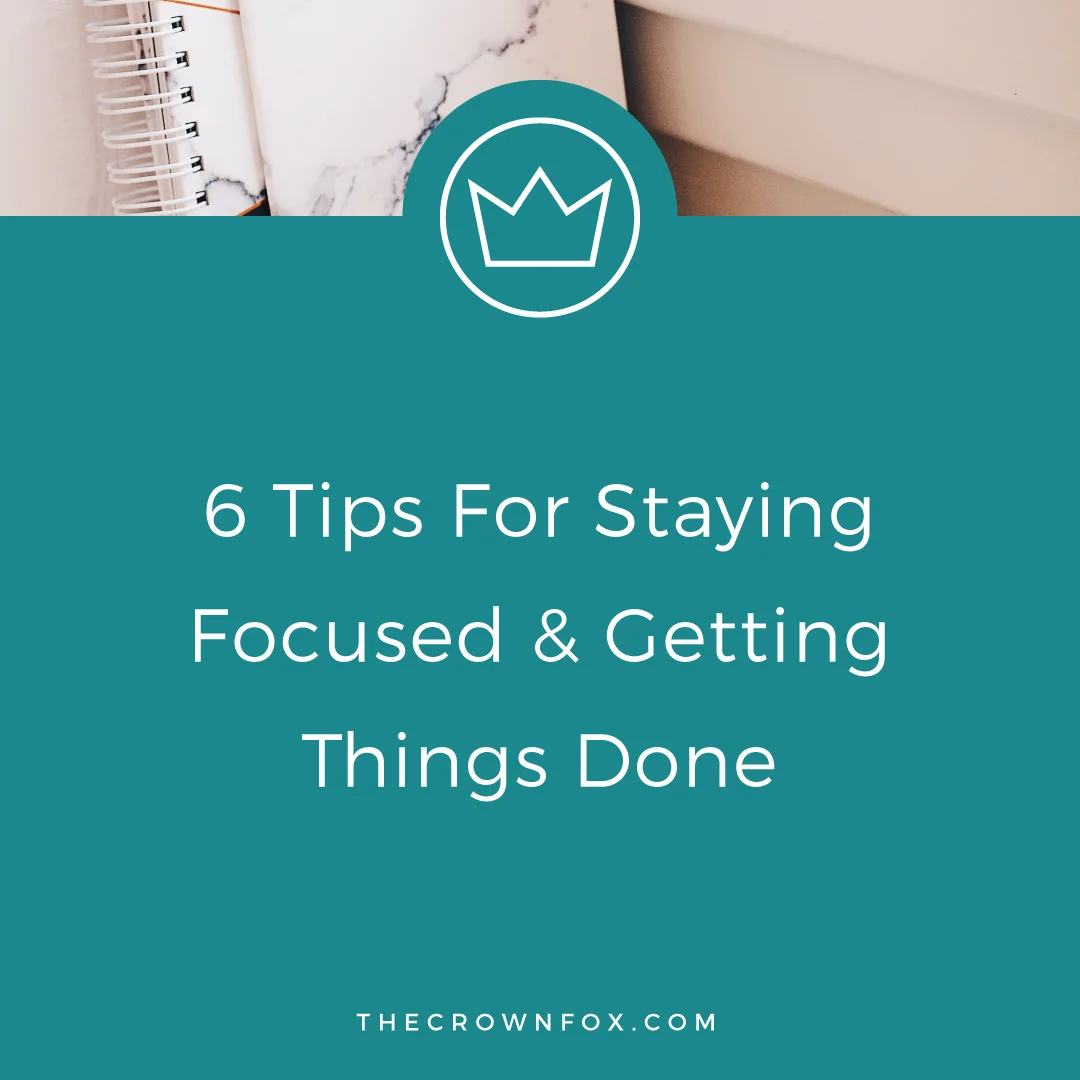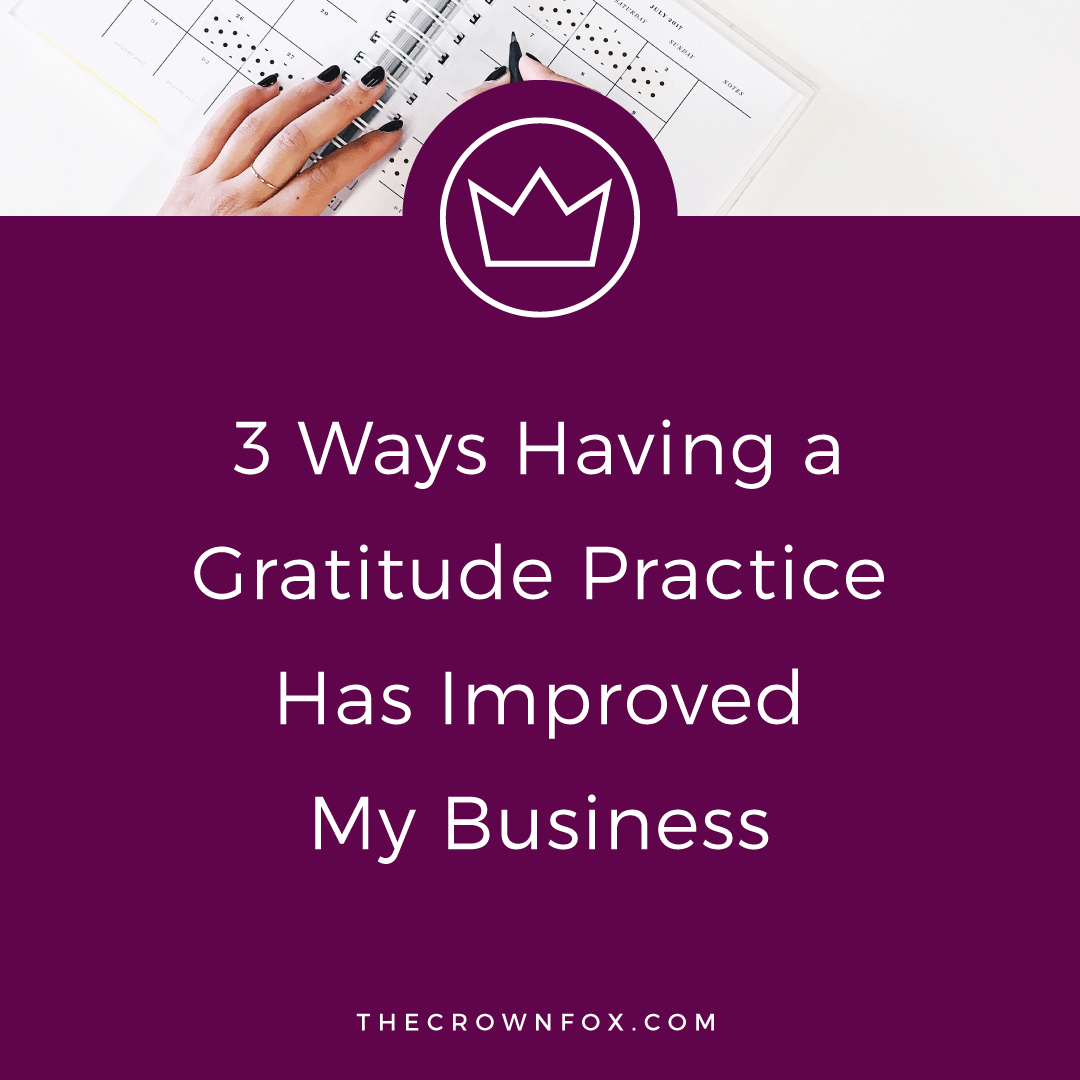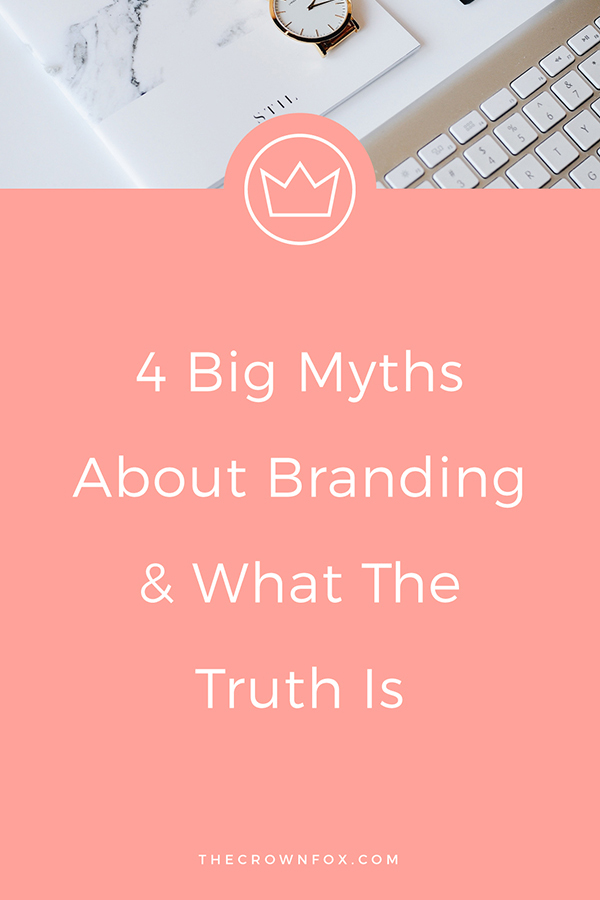I don’t write product reviews, as a general rule, because I’d rather spend time writing about my services, my offerings, and myself. I mean, I am trying to run my business here, right? But – something keeps happening and I figured a blog post might be easier than typing out similar responses each time.
First, people ask me what tools/programs/apps I use. I answer a list of items, and as soon as I say “ ConvertKit ” their eyes light up and they say something like, “Oh I’ve heard of that! How do you like it?” And then, me being me, writes back a small novel of a response that is probably way too much information. But, y’know, that’s me.
My thought was, instead, I am going to write this blog post talking about why I love ConvertKit and, then, I will direct you to check out this awesome resource page I've created with all my favorite tools.
But, moving forward with ConvertKit ... here's why I love it and recommend you use it, too.
YOUR EMAILS GET SEEN
The biggest difference that I point out to anyone that is thinking of switching over to ConvertKit is that the whole approach to emails is different. Programs like Mailchimp put a heavy emphasis on design, which as a designer, is great. Except that I spend like an hour perfecting this email, and then I send it, and then it goes into everyone’s Junk or Spam folder. I’m not an expert, but whatever algorithms decide if things are spam seem to think all the flash and images and hoop-la means it’s spam. I like hoop-la, but I really like my emails actually being read a lot more.
The idea of a "back to basics" email program might sound strange to you, but when you think about what you actually want and intend your emails to do - suddenly it makes sense. I now prefer the simpler design of my emails and enjoy getting others' more simplistic emails. What's that saying... content is king? Queen? Whatever. Content is what matters, not blinking lights and flashy things that distract from what I really want people to do with my emails.
YOU AREN’T PAYING FOR DUPLICATES
Other email programs use the concept of lists to divide your subscribers. This is fine when you are starting out, because hey – it’s free! But what happens when you start having multiple opt-ins and the same people signing up through different ones? Well you get duplicates. And then you have to pay more for duplicates. And that’s not fair! It’s the same person, why should you have to pay twice for them?
ConvertKit alleviates that issue by instead using “tagging” and “segments” as a way of organizing your subscribers.
The thing is – say you sign up for every single one of my different offers… you’re on my list just once. But you are tagged as all the different things, through rules that I set up in ConvertKit's automations.
Let me explain further: You signed up for #1WkBrand a month ago, so you are in my list tagged as “#1WkBrand”. You also were automatically enrolled in the #1WkBrand course, so you started getting the emails right away (without me doing a single thing). Then, a few days ago, you saw me tweet about #BrandVixens, and you’re like “DANG I WANT IN!” So you signed up for that, too. Now whatever magical mystery science ConvertKit uses finds your email already in my list, and just adds the tag “#BrandVixen” to your already established subscriber-self versus adding a whole new subscriber. Then, you automatically got that welcome email, too!
YOU CAN GET SPECIFIC ABOUT WHO GETS WHAT
The real benefit to using things like tags is that when it comes time to send out an email. ConvertKit calls them Broadcasts, but it is basically just a one-off email you can schedule. When you are setting up that email, you can choose which tags receive it. When I launched BrandVixens I wanted to invite all of my subscribers – but not send an email to people who had already signed up for it. Why would I ask them to sign up, if they already had? That would be a completely pointless email to them. So, when I am setting up the broadcast there is this handy, and easy to use, window that I can say:
Send this to people tagged as “#1WkBrand” or “Resource Vault” but eliminate people that are already tagged as “BrandVixen”. Do you see what I did there? Anyone that was in my list and tagged as a BrandVixen wouldn’t get this email asking them to sign up (because they already did sign up). Talk about detailed. Then, if I sent that broadcast out and 85% of the people opened it, I have the option to easily resend it to anyone who didn’t open it a few days later. With the click of a button. Easy.
YOUR CONVERSION RATES WILL IMPROVE
People actually getting their emails will definitely help your conversion rates, but another really great thing about ConvertKit is that they basically layout a fantastic way to organize an email sequence that will result in higher conversion rates.
Their template for a “course” (what they call an email sequence, though it might not necessarily be something you call a course) has a pre-built draft of what days you should include super valuable content or a soft sales pitch. They’ve done the research and are just like “hey, this might help you, here.” Like no big deal, handing you an easier way to make money. I like making money, and I like when people make it easier for me to do so.
If you don’t know what a sales funnel is or want to learn more, between the help that ConvertKit offers and Femtrepreneur course “F* Yeah Funnels” you will be set. Sales funnels means making money, and once you have them set up, it’s just working in the background for you.
IT DOES IT ALL
At this point, I am using ConvertKit as my email system, my subscriber management system, and my landing pages/opt-in system. It does it all. Which is perfect, because all of those things work together.
Every opt-in around my website, from the slide ins to the ones in this blog post are powered through ConvertKit. Whenever you’ve seen a landing page for a webinar or something I’ve hosted, it’s been through ConvertKit. I’ve eliminated the need for a program that does landing pages/opt ins because ConvertKit does that for me.
Setting up the tech or back-end things is probably the least fun for me. I like creating content and being on Twitter MUCH more. But, with ConvertKit it’s really easy to set up all the opt-ins and automatic tags really quickly, and I am doing it all through one program. Meaning more time for doing the things I actually want to do.
THE SUPPORT TEAM IS THE BEST
I’m kind of hesitant about making decisions, sometimes. Like, convinced I’m doing it wrong, scared to click “save/apply/send” kinda-gal. So, that results in me asking their support team a LOT of questions. But, either they are all really good actors, or they are all genuinely really nice – and I am feeling like it’s the latter. Because they always respond quickly and always are SO NICE, even though some of the questions definitely deserve an eye-roll.
There is even now a Facebook group devoted to helping people out, answering questions, and giving feedback. So I’ve asked, “Hey, does anyone know how I can do XYZ” and had other users offer suggestions for how they would go about it. In the same vein, I’ve answered other people’s questions about ways I’ve set up my tags, or course structure, etc. I like that we’ve become a little family of people all helping each other use ConvertKit to grow our business.
If you are interested in ConvertKit, I’ll tell you this – better to do it now than wait until your subscriber list is huge and have to move everyone over. Yes, it’s possible, but you are putting more work on yourself in the future. I don’t have the largest list, but my thought was to start with the tool I knew I would end up on eventually anyway. This post does contain affiliate links (for ConvertKit + F* Yeah Funnels, but that doesn’t affect my opinions in any way, shape, or form. If I wasn’t obsessed these products, I would never promote it to y’all.
What other questions do you have about ConvertKit? Did I miss something you are wondering about? Ask away in the comments and I will let you know if it is a service they offer, something I've used, or my honest opinion about it! If you want to know my other top tools, you can click here!












Hi! I’m Kaitlyn!
I believe that you can create a life and business you love by listening to your own inner guidance system. I think there's plenty of strategies + hacks to learn and a ton of “how to” content you can consume but ultimately you are your best guide, the best guru, the best compass, and the best source of inspiration! I’m here to help you learn to trust that voice inside, step into your incredible power, and create YOUR dream business + life.
Let’s work together!